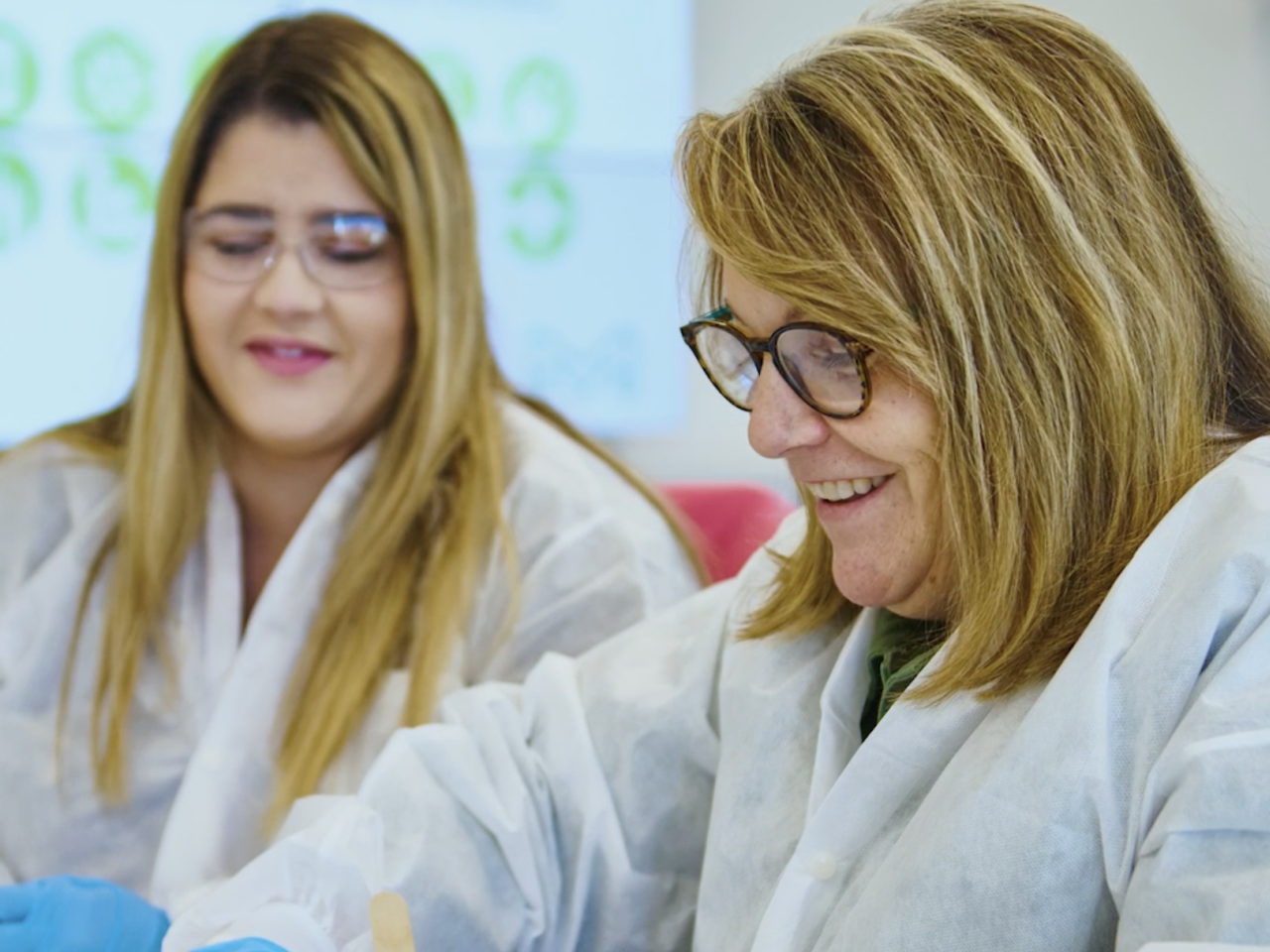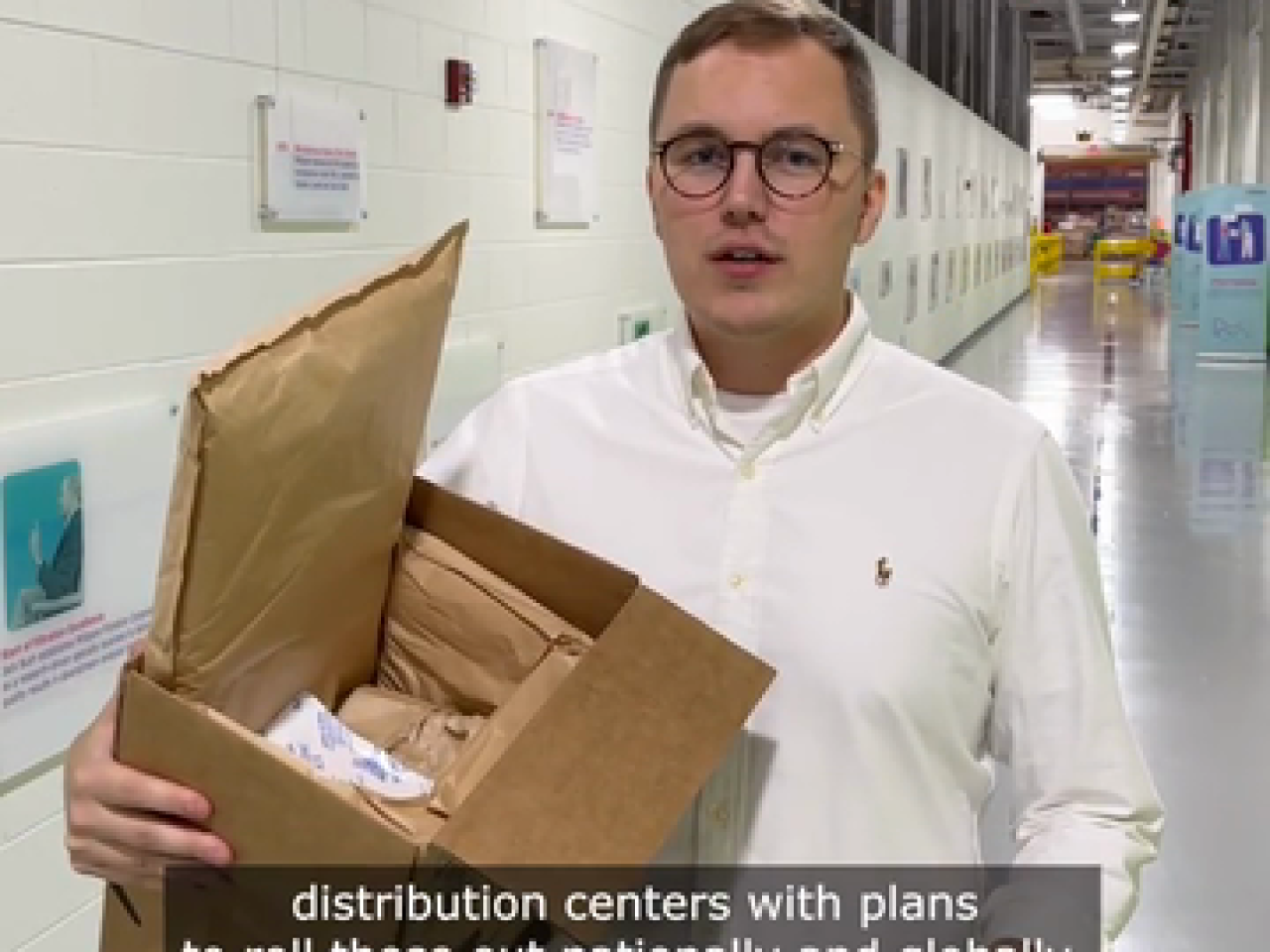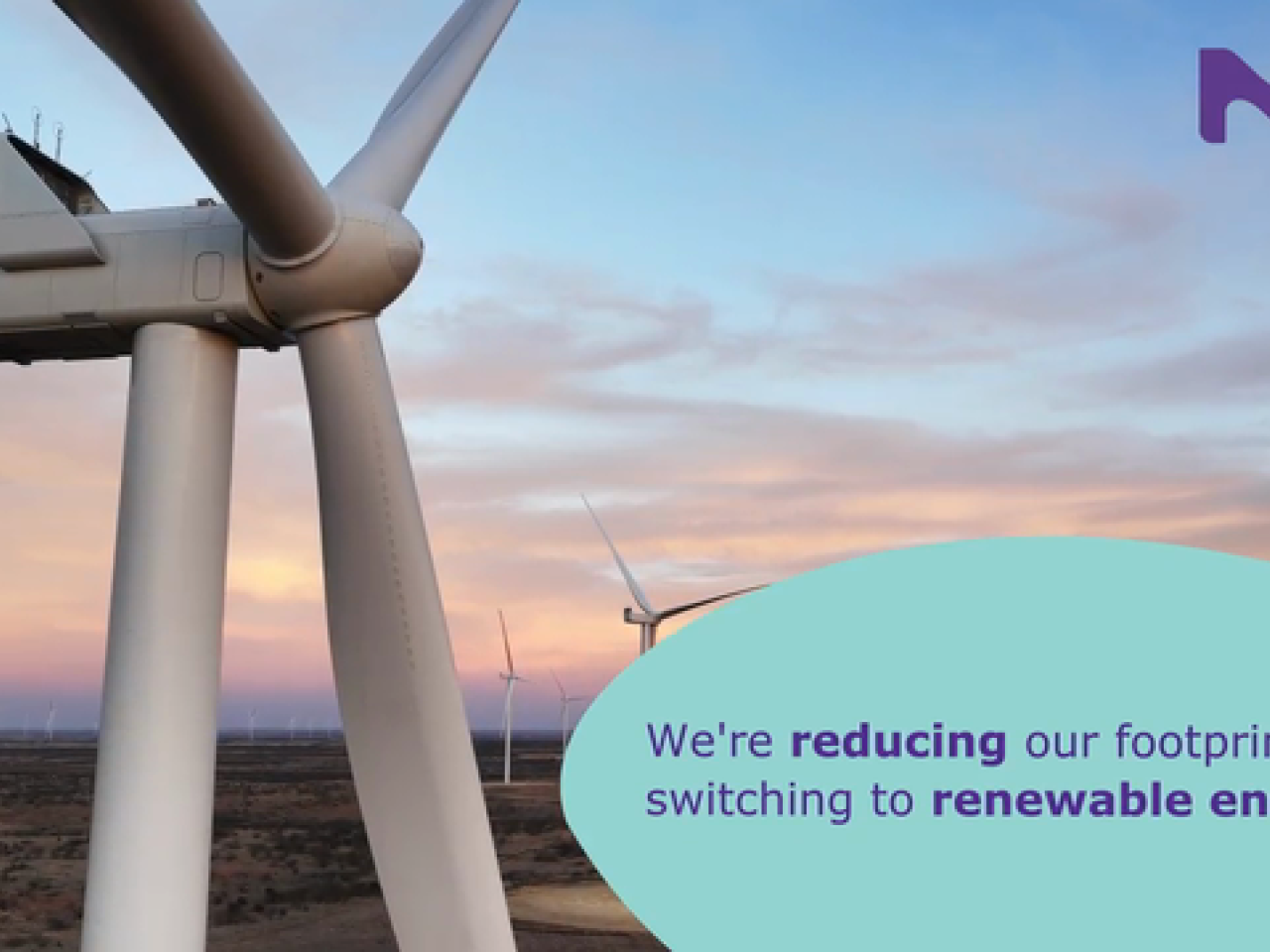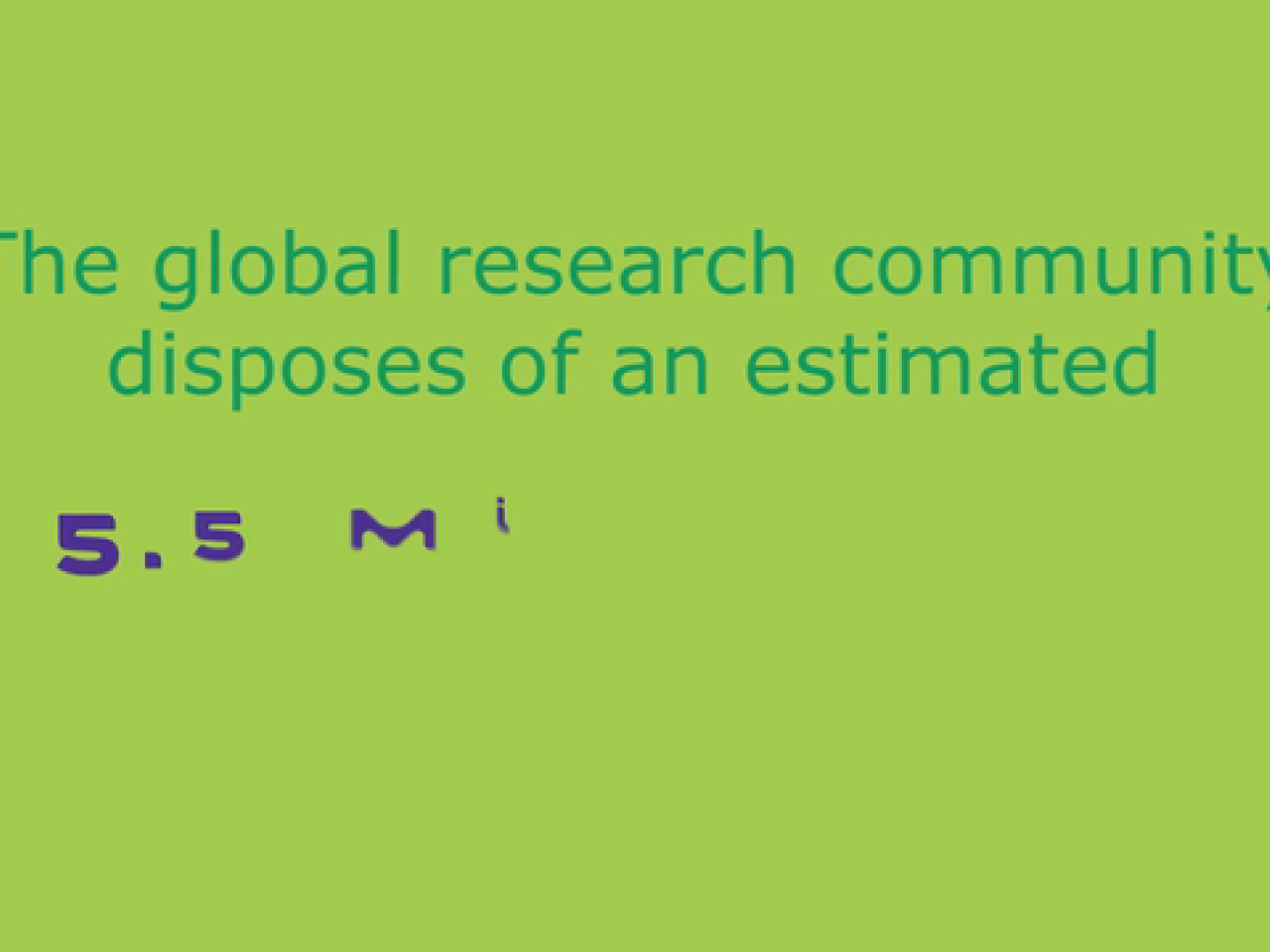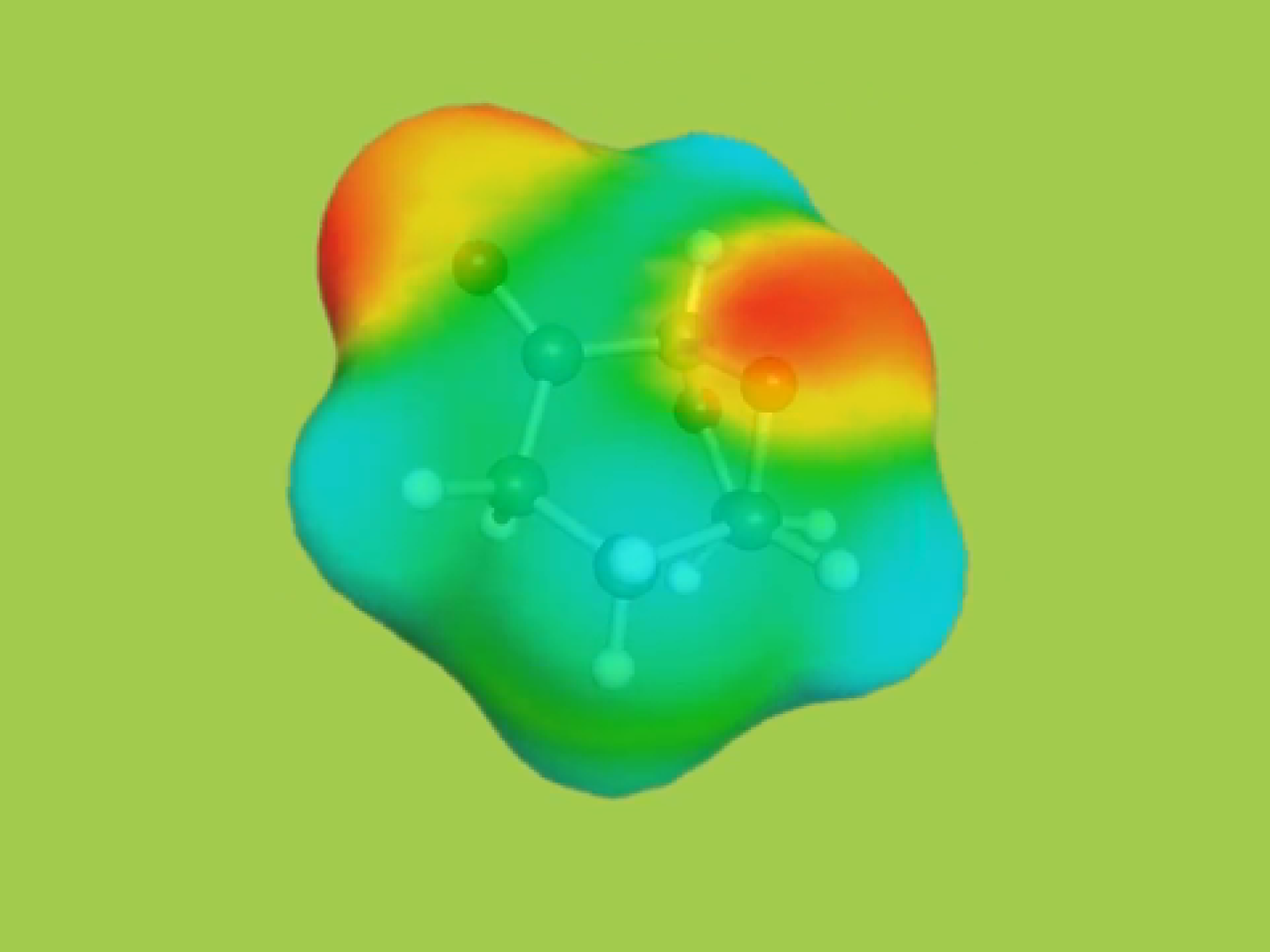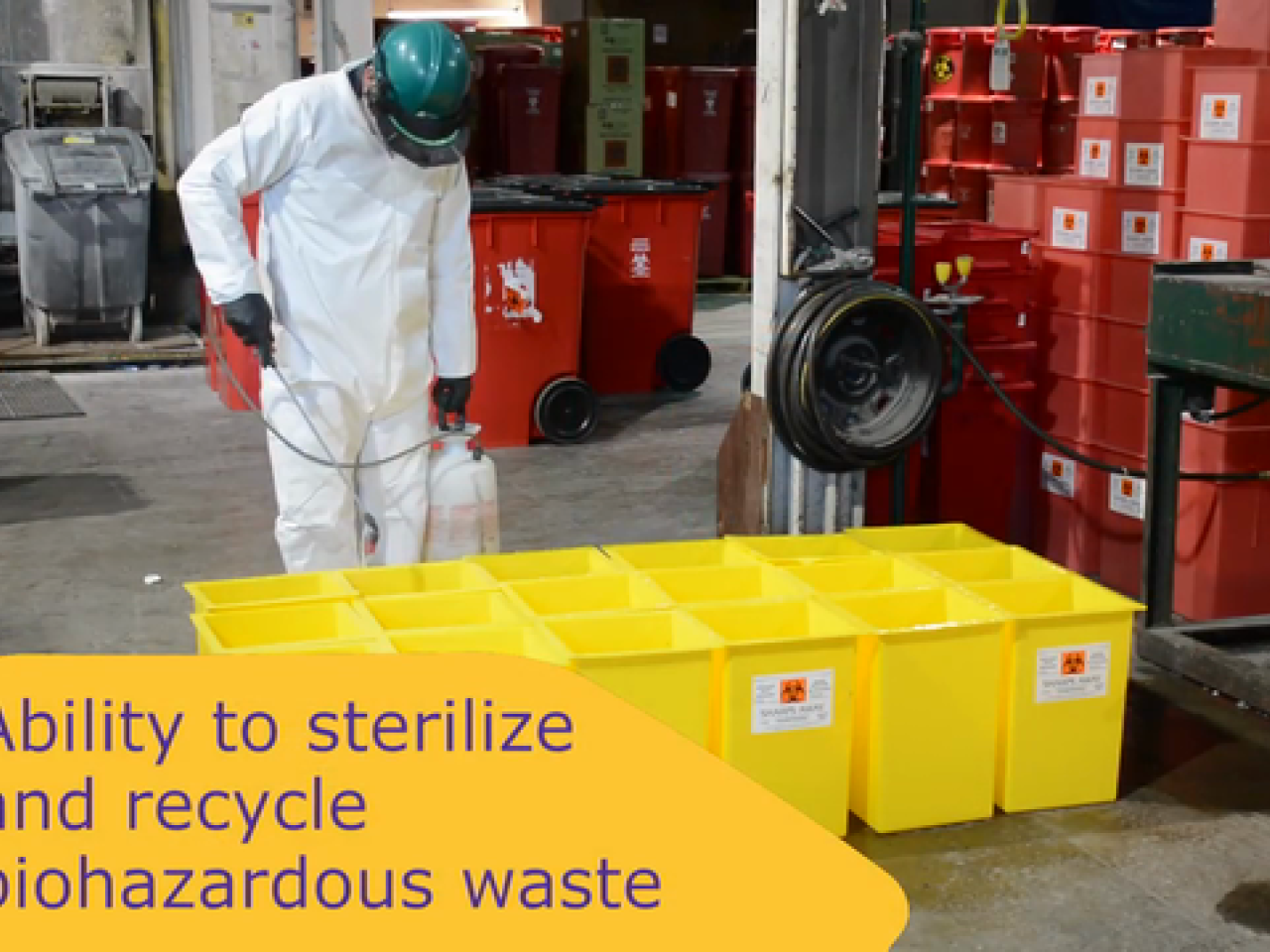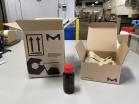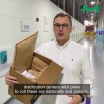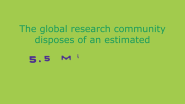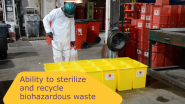Greener Products and Solutions

We actively integrate sustainability into the product development process and look at all phases of the product life cycle for opportunities to develop products and tools that deliver the highest performance in innovation, quality, safety and effectiveness, while minimizing environmental impact. These efforts enable our customers to carry out cutting-edge research, while positively contributing to their own environmental impact goals.
Designing products for sustainability, evaluating and selecting suppliers against sustainability criteria, pursuing green chemistry, and reducing packaging and end-of-life impact through recycling are all recognized as important aspects of greener products and solutions.


